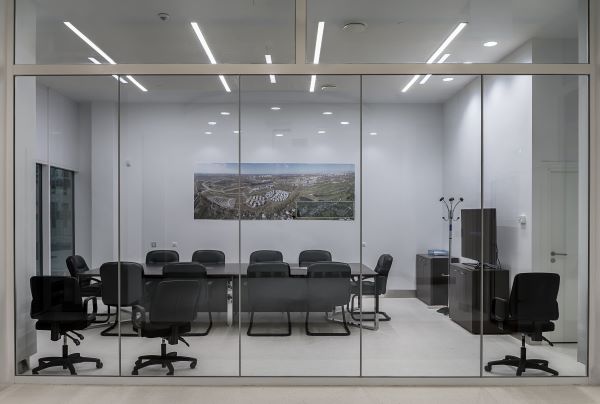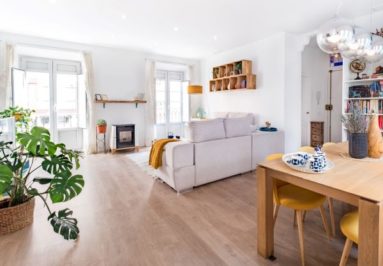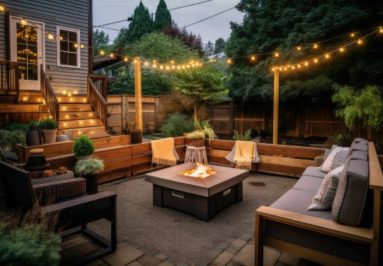Study rooms can be found in several facilities such as apartments, libraries, college campuses, etc. They are filled with tables, chairs, whiteboards, charging outlets, and sometimes a tv. These rooms provide individuals with the opportunity to study in a noise-free zone. Though, since study rooms are usually located near close corridors, there is no guarantee that noises from outside the room will be completely kept out. Soundproofing a study room will transform the space into a peaceful and productive study spot. Our tips and tricks are guaranteed to maximize the ambiance of a study room, making individuals content with its location and access.
Tips for Study Room Soundproofing
Install Thick Glass Partitions to Block Noise
Some study rooms have been modernized and surrounded by glass partitions, operating as a divider between other rooms. This makes the study room look spacious, as well as making it easier for individuals to locate. It can work as a soundproofing method as well; you just need to pick the right glass thickness to block noise. Typical glass thickness is around 1″, but the amount of noise that will be kept out depends on how thick you want the glass to be. Glass partitions elevate the appearance of a study room and can be an effective method of soundproofing. Though, its installation process can be time-consuming, as well as expensive. Luckily for you, our guide is full of other soundproofing methods that are more budget-friendly.

Place Acoustic Panels on Walls to Absorb Sound
If the study room is divided by walls and you have no interest in installing glass partitions, there is another option. Sound waves easily travel in and out of a room through walls due to it being a solid surface. Therefore, placing acoustic panels on top of the walls will absorb sound and reduce echo. These panels aesthetically blend into any given space, with the option to customize its size and appearance. This product has high-end absorption benefits and improves speech intelligibility as well.
Use a Door Seal or Door Cover to Keep Noise Out
Another surface that sound can easily travel through is a door. Installing soundproofing methods to the door of the study room will make a noticeable difference in the amount of noise that may leak through. One way to soundproof the door would be by using a door seal, which is placed at the bottom frame and covers any gaps surrounding the door. This is easy to install, budget-friendly, and blocks any gaps where noise can leak through. Another option (that can even be used in addition to a door seal) would be to install a door cover. The AcoustiDoor is made of a thick and flexible material, working as a great solution for soundproofing by deflecting sound waves. It is a retractable panel that can be used at your convenience.
Purchase a White Noise Machine to Fill the Room with Ambient Noise
Another budget-friendly soundproofing method for a study room would be to use a white noise machine as a form of ambient noise. White noise machines play quiet, peaceful sounds that can cover other noisy distractions. Since study rooms are usually within a small space, you should only need one white noise machine to fill the room with ambient noise. You can easily hide the machine if you want it out of sight, or you can leave it out in case someone prefers to turn it off.
Fill the Room with Furniture for Less Disruptions
One way that you can easily attract noise would be in an empty room, with little to no furniture. Filling the study room with furniture such as tables, chairs, and even small cushions can work as a minor soundproofing method. A study room that is full of furniture lessens the amount of sound that can travel through. You can also use plush objects such as rugs, which will have the same effect.
Study Room Soundproofing 101 – Conclusion
We hope that our tips and tricks are helpful in finding the best ways to soundproof a study room. Our guide is curated to fit the needs of those with different budgets, providing several alternatives to find the best options. Soundproofing a study room will create a fully immersive and productive space, free of disruptions!
See Similar: Tips for Creating a Quiet Study Space





